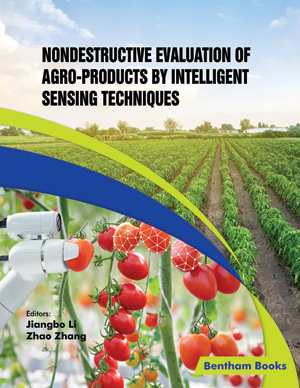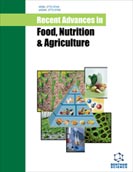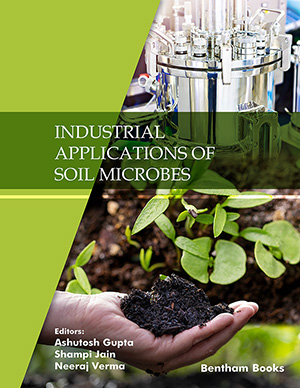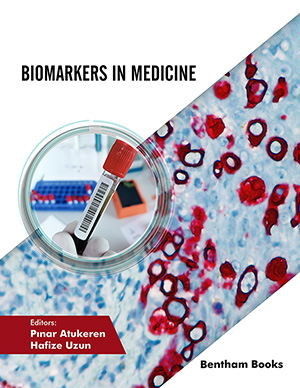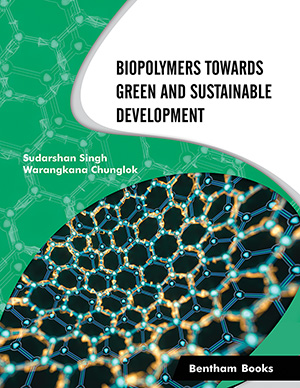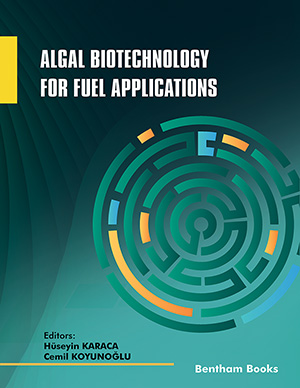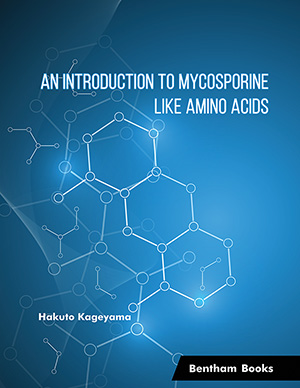Abstract
Lodging is a critical issue in wheat production, resulting in reduced yield, low crop quality, and increased difficulties in the harvest. Wheat lodging detection contributes greatly to crop management and yield estimation, as well as insurance claim issues. The current manual measurement is labor-intensive, inefficient, and subjective. Aiming to develop a more efficient and objective method to distinguish lodging from non-lodging areas, this study collected aerial color and multi-spectral images using drones attached to different cameras. The experimental field consisted of 372 wheat plots of three different sizes and three days’ datasets were collected. Individual images were first stitched to obtain an orthomosaic map and then each plot was visually classified as lodging or non-lodging. Features (i.e., color, texture, NDVI, and height) of each plot were extracted. For each day’s dataset, 300 plots (~80% of the total plots) were randomly selected to train the Support Vector Machine (SVM) model, while the remaining 72 plots (~20% of the total plots) were used to test the trained model. After training and testing 10 times, the prediction accuracy was obtained by averaging 10 prediction accuracies. When only using one feature to train the model, prediction accuracies ranged from 66% to 86%. The accuracy increased with more features incorporated for model training. When incorporating all four features, the prediction accuracy was about 90%, indicating its desirable performance in distinguishing lodging from non-lodging plots. The model prediction accuracy of using all four features is not significantly different from that of using only two factors (i.e., texture and NDVI). Since data collection and processing workload increased with more features, researchers in the future could specifically focus on extracting and using texture, and NDVI features to train an SVM model for wheat lodging detection, instead of using four features (i.e., color, texture, NDVI, and height).
Keywords: Color, Features, Height, NDVI, Support vector machine, Texture, Wheat lodging.

